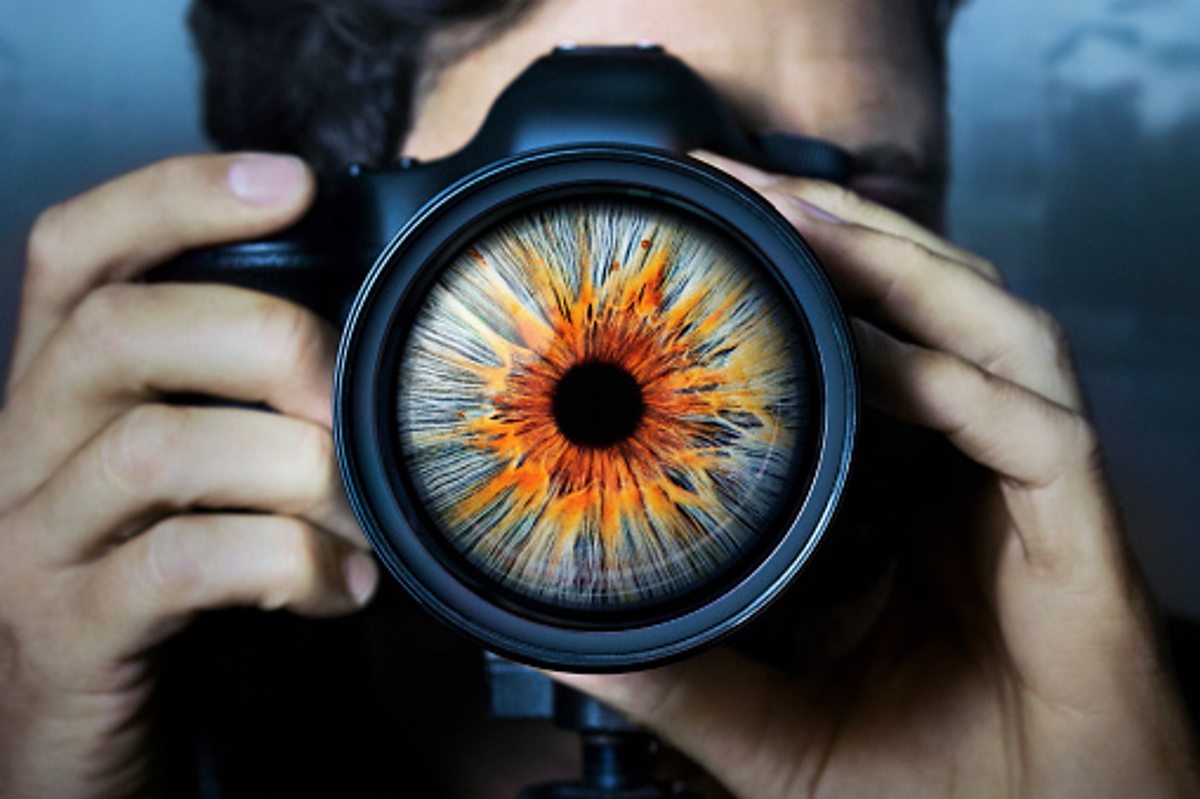Cameras and the human eye guide for KS3 physics students
GoogleAds

Follow me please class.
We’re here at the optician’s to get a good look at a human eye and find out how it works.
Human eyes are actually spheres. The part that we can see is only just the front. That coloured circle is called the iris… and the black spot in the middle is the pupil. This is the part of the eye that lets the light in.
Lights out please!
When it’s dark… muscles in the iris make the pupil grow bigger, which means it can let in more light. When there’s lots of light around, it shrinks.
Lights on again please!
Now, light that goes in through the pupil passes through a lens that sits behind it. The lens focuses light on the retina at the back of the eye. Because the front of an eye is curved, it bends light as it goes in, turning the image on the retina upside down. Inside the retina, there are millions of special sense receptors called rods and cones. The rods see the shapes of things, picking out black, white and shades of grey… and the cones see colours: red, green and blue, and all the millions of shades in between. The rods and cones send information about shapes and colours up to the brain through the optic nerve and the brain sorts out the information, flipping the upside down image from the retina the right way up.
It’s really quite clever.
Now, where have they all gone?
Oh yes, very funny. Come along now children.
Source : https://www.bbc.co.uk/bitesize/articles/zw2ts82
Auteur :
Date de Publication : 2023-12-07 16:17:42
Le droit d’auteur pour le contenu syndiqué appartient à la source liée.
GoogleAds




